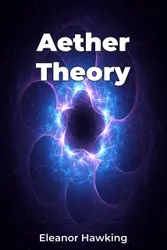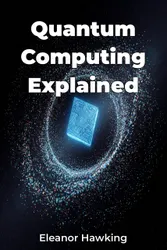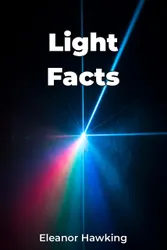Black Holes Explained unravels the mysteries surrounding these cosmic entities, focusing on their formation, physics, and the challenges they pose to our understanding of the universe. Black holes, formed from the collapse of massive stars, present extreme conditions for testing general relativity and quantum mechanics. The book explores the event horizon, the boundary beyond which nothing can escape, and the mind-bending distortion of spacetime around these singularities.
One intriguing aspect discussed is Hawking radiation, a theoretical process suggesting black holes aren't entirely inescapable, slowly "evaporating" over vast timescales. The book progresses systematically, introducing basic concepts like gravity and stellar evolution before delving into black hole formation and the physics within and around them. It explains complex concepts like gravitational lensing and time dilation using clear examples.
By integrating theoretical physics with observational astronomy, Black Holes Explained provides a unified picture, supported by data from telescopes and gravitational wave detectors. This approach makes it valuable for science enthusiasts seeking to expand their knowledge of cutting-edge physics and astrophysics, offering a unique window into understanding the fundamental laws of the Universe.












